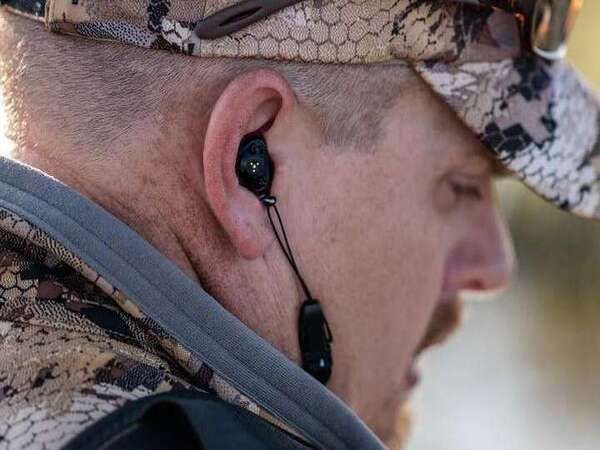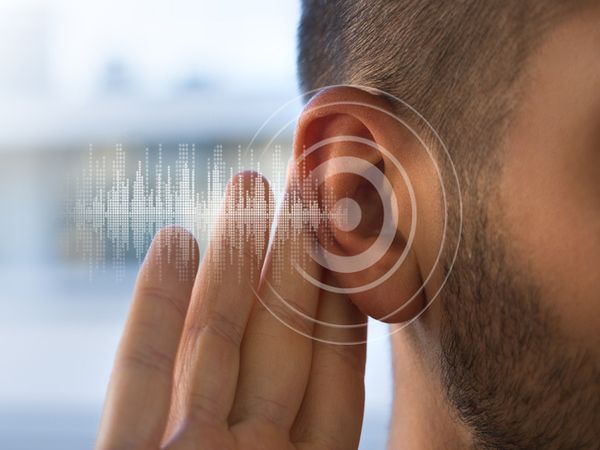What is a cochlear implant?
A cochlear implant is a surgically implanted device used when hearing aids are no longer the best option for a patient. When people lose their hearing, it is not simply that they cannot hear soft sounds anymore. Often times, patients also begin to experience a decrease in the clarity of speech even when it is loud enough for them to hear.
To understand what a cochlear implant is, it is first important to understand how we hear. Sound travels down our ear canal. It then hits our ear drum which vibrates the three tiniest bones in the human body called the ossicles. The final ossicle, the stapes, sits on a membrane attached to our cochlea, which is our hearing organ. The cochlea is filled with fluid and tiny hair cells. When the ossicles move, they send waves through the fluid in the cochlea which moves the hair cells like seaweed in the ocean. When the hair cells move, they send an electrical signal down our hearing nerve to our brain and we hear sound!
When we have hearing loss, these hair cells start to bend, break, or disappear altogether. When the hair cells are not as healthy as they once were, we require louder sounds to excite the hair cells enough to send a signal to our hearing nerve which is why we use hearing aids. Depending on the level of damage to the hair cells, we may not be able to make the sounds loud enough anymore to excite the hair cells or the hair cells may be broken in a way that the sound is not clear enough to understand anymore even when it is loud enough.
Enter the cochlear implant. The cochlear implant has two pieces. One that is surgically placed under the skin and another that sits on the outside and is removeable by the patient. The internal piece is placed by an ear, nose, and throat physician. The internal piece has a magnet, a receiver, and an electrode array. The magnet and receiver are slipped between the skin and the skull. The electrode array is placed inside of the cochlea. Cochlear implantation is not reversible. When this electrode array is placed, the physician may damage the remaining hair cells within the cochlea causing further hearing loss. This will not affect how the cochlear implant woks or impact success with the cochlear implant.
After surgery and a healing period, the patient will return to the office to be fit with the outside piece of their cochlear implant. This outside piece is called a processor. It has microphones on it similar to a hearing aid to pick up the sounds of the world. The sound is converted to an electronic signal in the processor and it is sent down a cable to the coil. The coil sends this signal through the skin to the internal receiver via radio signal. The signal travels down the internal piece to the electrode array where an electrical signal is sent out through your cochlea to the hearing nerve and then you hear. The cochlear implant works by acting as a replacement for the hair cells inside of your cochlea that no longer work.
A cochlear implant is a completely different way of hearing than how we hear naturally. It is an electric version of hearing instead of acoustic. Because of this, it can take time for your brain to make sense of the new signal that it is receiving. When a cochlear implant is turned on for the first time, some patients only hear beeps and squeaks. Other patients hear words, but they sound like robots, aliens, or Mickey Mouse. Everyone’s experience is unique. The more time spent listening with the implant, the faster the brain can put together the puzzle pieces and begin to better understand speech. Your audiologist will give you listening exercises that you are able to perform on your own to help rehabilitate your ear.
In adults, typically cochlear implants are only placed in one ear. The other ear will remain as it was prior to surgery. Patients continue to use a hearing aid in that ear just as they did before. The brain works to combine the electric signal from the cochlear implant and the acoustic signal from the non-implanted ear to create a more natural sound quality for the patient.
Dr. Emma Strong, Au.D., CCC-A




